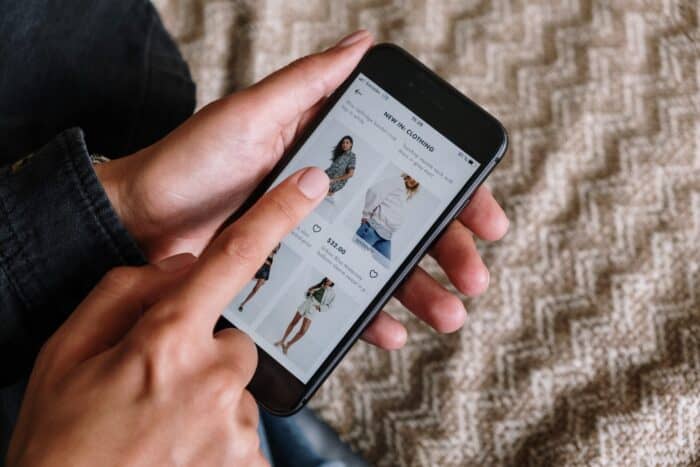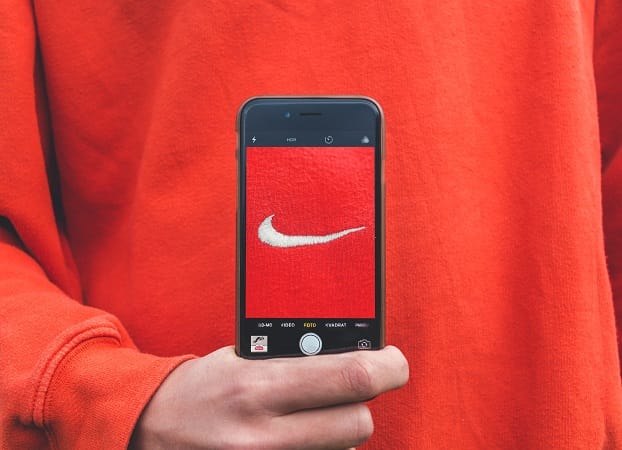Sydney, Australia – As more and more consumers now resort to their mobile devices to create online purchases, social media has changed consumer spending on discretionary items, as a new study by Australian direct bank UBank estimates that the average Australian consumer spends around AU$500 per month on such items, or the equivalent of AU$6,000 per year.
According to the report, with the current Australian adult population standing at 19.75 million, it is estimated that the discretionary spend is around AU$118.24b, and all of these purchases are only made via our mobile devices.
For Philippa Watson, CEO at UBank, such behavior can be attributed to existing COVID-19 restrictions, which not only drastically affected our way of living but also how we spend and make purchases online.
“Australians are finding new avenues to part with their cash using apps on their phones and devices,” she said.
By demographic, the report notes that men are spending an average of AU$602 each month compared to women that AU$400 per month on discretionary items. These include clothing and shoes (AU$89.14 men spending per month compared to AU$75.44 women spending per month); dining out (AU$102 compared to AU$62); entertainment (AU$86 compared to AU$56); and tech gadgets (AU$88 compared to AU$38).
“More surprisingly, it’s men who are spending more on average each month in areas like clothing, dining out, entertainment and gadgets,” Watson added.
Meanwhile, in terms of age demographic, millennials are spending the most each month, averaging to AU$773, compared to Gen X who spend AU$528, with Gen Z that spend AU$465 and Baby Boomers spending AU$236. In fact, millennials account for 50% of all discretionary spending on these channels splashing AU$59.1 billion each year.
The report also noted that social media exposure has made a positive impact in online spending among Australians, as one in five or 21% of Australians say social media has had a positive influence on the way they manage their money, with millennials, or about 35% of the respondents, are more likely than all other generations to say social media has had a positive impact on the way they manage their money.
“While we know young people love social media and apps, it’s encouraging to see some positive money management behaviors resulting from these channels,” Watson concluded.


















